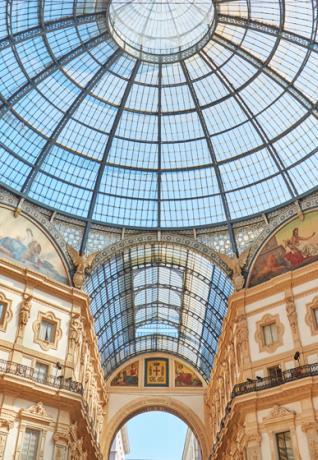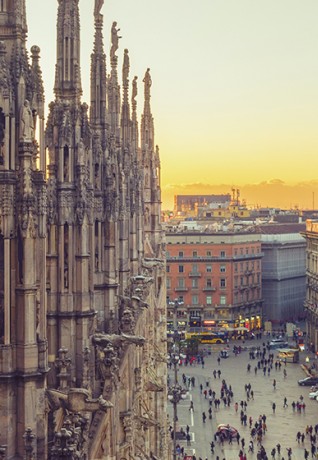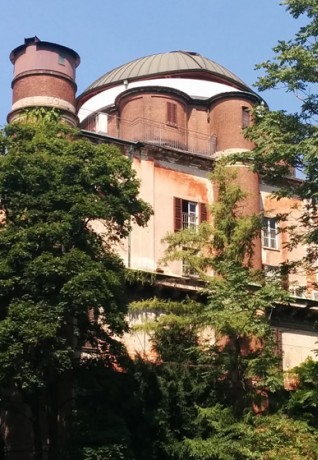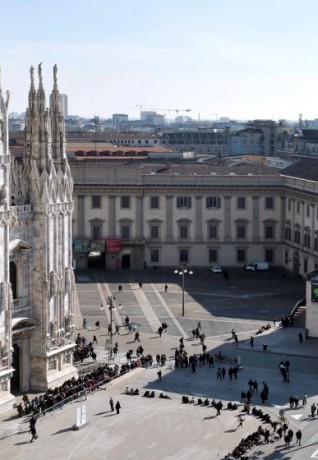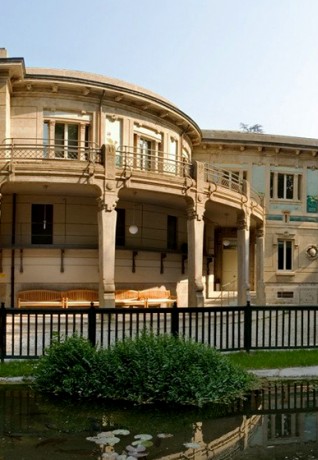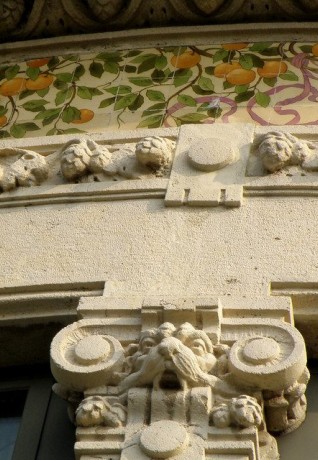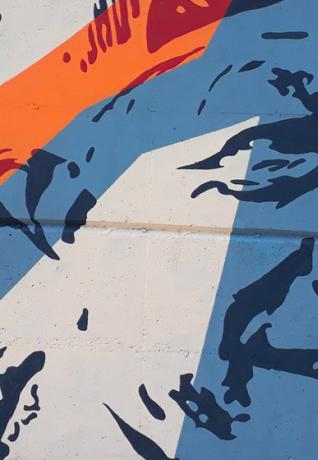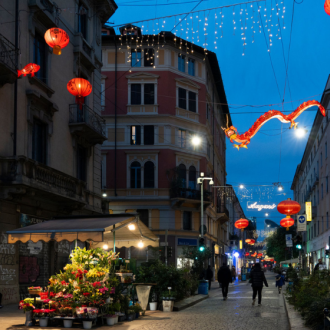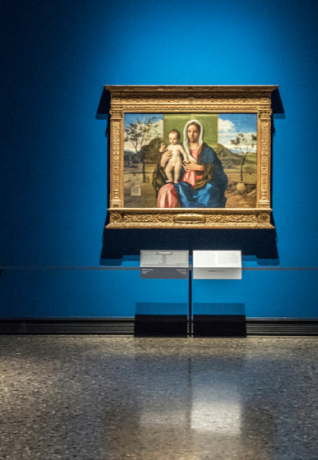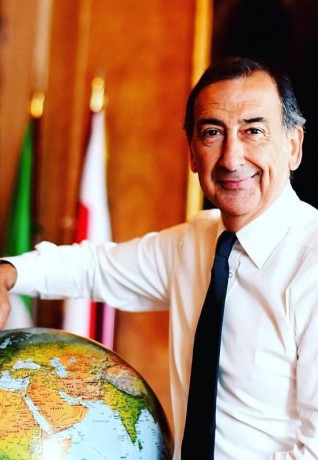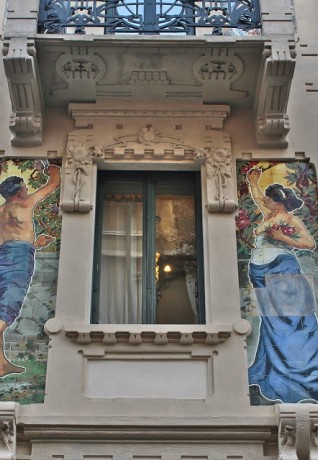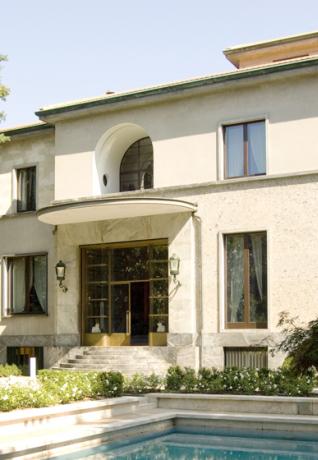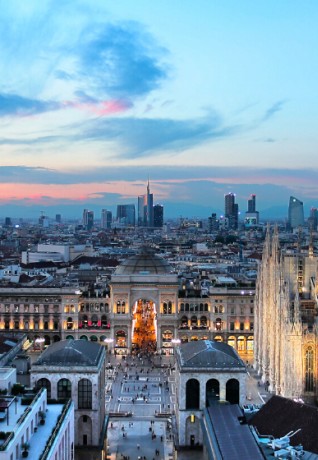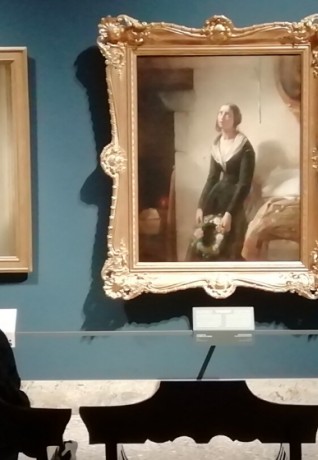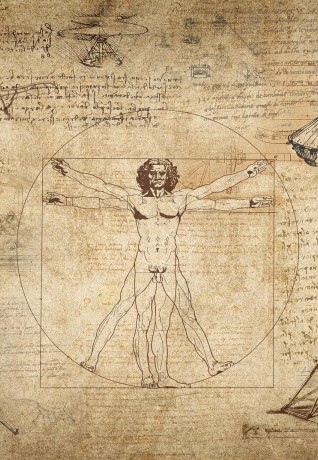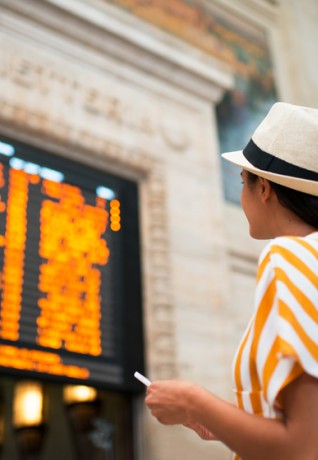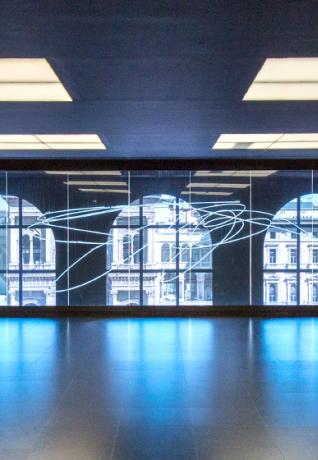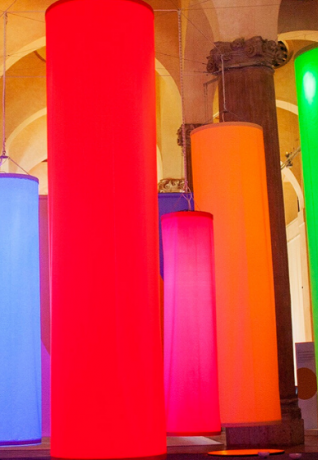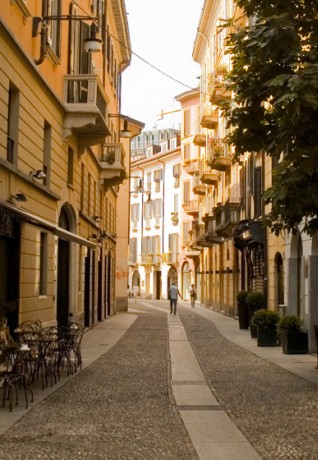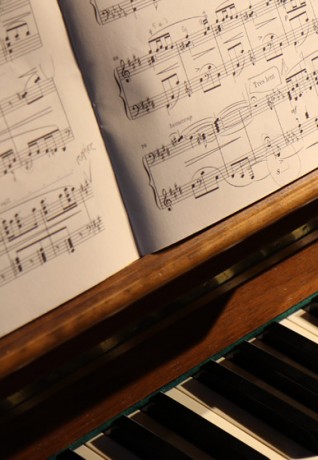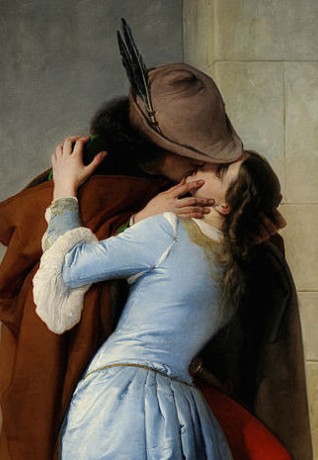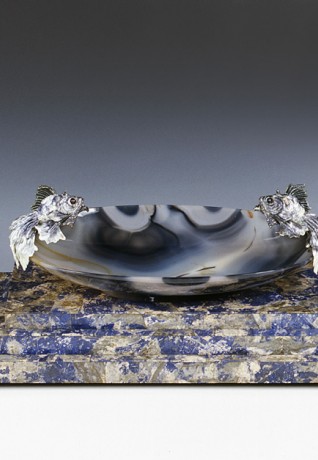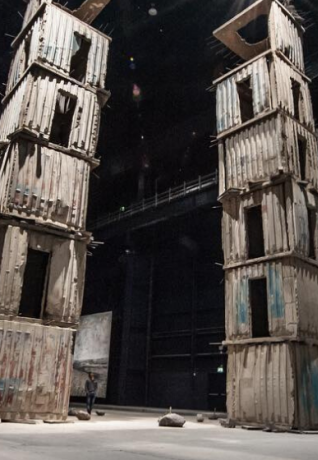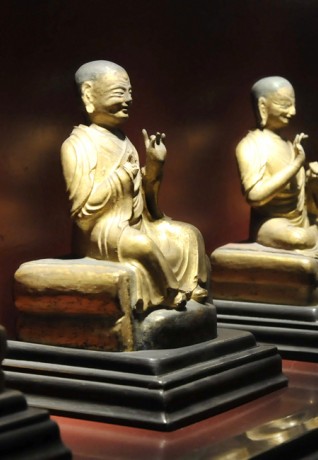10 questions on the Galleria
for the curious ones
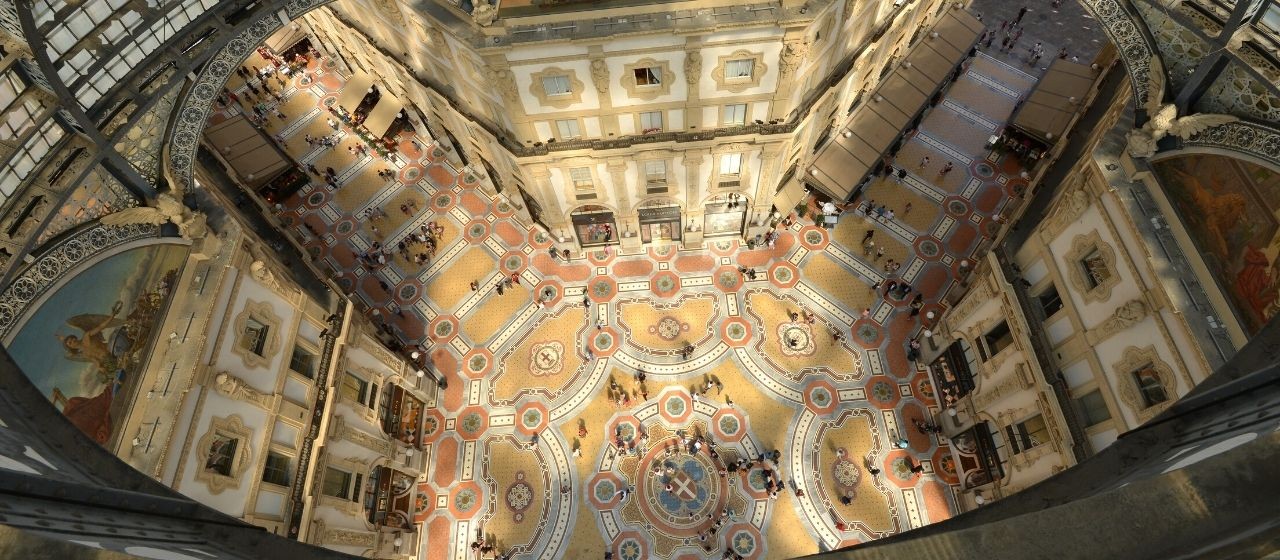
A glass-and-stone celebrated landmark, made even more precious by its fashion vibe, Galleria Vittorio Emanuele II, is an amazing trove of interesting details and stories you may not yet know about: let us take you back in time and provide you with ten clues.
Who is the Galleria named after?
The answer is written on the triumphal arch at the entrance from Piazza Duomo: Vittorio Emanuele II. The Milanese wanted to dedicate the Gallery to the first King of Italy, the one who carried out the process of uniting the nation in 1861.
The style of the Gallery itself is representative of this historical period: a new style, defined as eclectic as it was a mix of elements from different centuries and styles. Most of all it directly looked back to the Renaissance, considered to be Italy’s golden age of elegance, genius and grandeur.
When was the Galleria built?
There are some important dates in the history of the Galleria. The first stone was laid in 1865, in the presence of important personalities and during a windy outpour of rain and snow. This peculiar scene is represented in a painting by Domenico Induno, now housed in Palazzo Morando.
The inauguration took place in 1867, even though the Galleria had not yet been finished. The last part to be completed was the monumental arch of the entrance from Piazza Duomo, inaugurated in 1871.
Do you know who planned this exceptional work?
The architect of the Galleria was Giuseppe Mengoni. As a plaque at the entrance to Piazza Duomo recalls, he was unfortunately unable to see his completed work. In 1870, on the day before the inauguration, he died falling from a scaffolding, in mysterious circumstances.
Have you ever seen the Galleria eagles?
Not real eagles of course, but eight sculptures in decorative concrete strategically positioned just below the dome, in order to hide a not entirely successful building detail. With their imposing spread wings, the eagles separate the mosaic lunettes representing the allegories of four continents (Europe, Africa, Asia, and America), emphasizing the international role of Milan.
Although it is difficult to perceive it from below, these lunettes are of considerable size: 15 meters wide by 7 meters high. Specialized operators, suspended with harnesses up above, recently carried out an acrobatic restoration.
What are the dimensions of the Galleria?
The longest distance, from Piazza Duomo to Piazza Scala, measures about 200 meters. The dome has a maximum height of about 47 meters and a diameter of almost 37 meters, covering an area of 110 square meters called ottagono because of its polygonal shape.
The glass and metal roof, for which 350 tons of iron and cast iron were employed, is the most innovative and daring structural part for that time.
Does anyone live in the Galleria?
Not any longer, but the Galleria was also created for popular housing, especially on the upper floors. A total of 1260 rooms are part of the entire gallery complex, arranged around various courtyards. Of these, only about ninety have a glittering window on the covered walkway.
What are those strange octagon-shaped windows on the floor?
They are skylights designed to provide light to the underground floors that house shops and warehouses to this day. At the opening of the Galleria, the ladies feared that someone might peek under their voluminous skirts through those windows.
Who can I ask the time if I am in the Galleria?
If you really do not feel you want to ask the time to one of the passers-by in one of the busiest places in Milan, there is a public clock on hand. Although not everyone notices it, it is located on the top of the exit arch towards Piazza Duomo. The clock hides a secret room, not accessible to the public.
Since the 1930s, the "Clock Hall" housed the station for the regulation of public clocks. Through what was at the time a technologically advanced equipment, it was capable of synchronizing the 300 city clocks on the same time.
Have you ever seen a fight in the Galleria?
Umberto Boccioni, one of the Futurist Movement’s leading artists, depicts in his paintings the movement, ferment and dynamism of the life and emotions that characterized Milan in the early 1900s. One of the most famous artistic representations of Galleria Vittorio Emanuele II is his “Brawl in the Galleria”, which portrays a fight between women in front of a coffeehouse. A scene of everyday life in the beating heart of Milan, represented on canvas and now housed at the Pinacoteca di Brera.
What do the coats of arms on the floor represent?
From top to bottom, the Galleria is full of symbols. Thus, the mosaic on the floor at the centre of the Octagon represents the coat of arms of the royal family, the Savoia. All around are the coats of arms of the four cities that, at different times, were the Capitals of the Kingdom of Italy: Milan, Florence, Rome and finally Turin, whose bull has become famously popular with visitors for a well-known gesture of superstition enacted upon it.

 Log in
Log in
